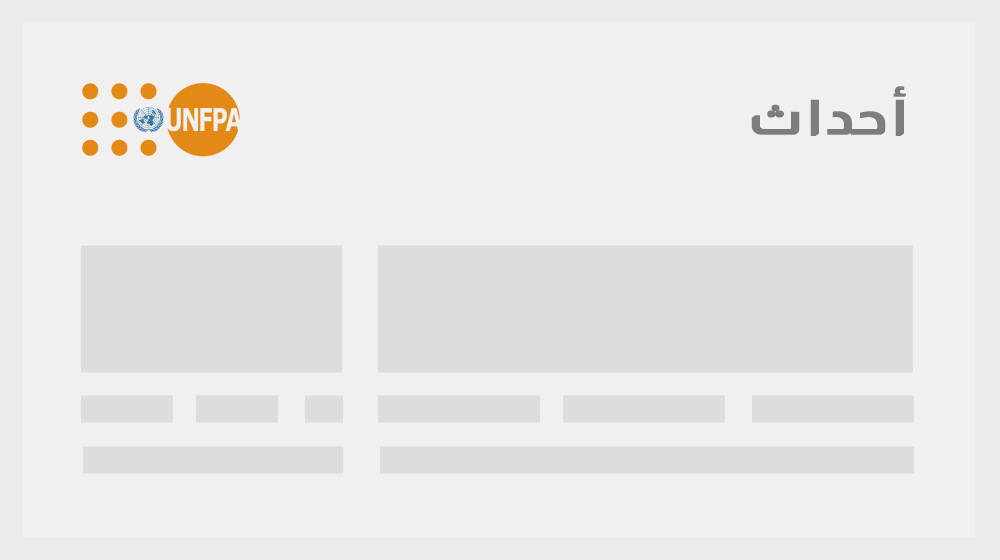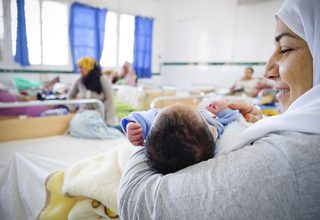Joint Programme on Female Genital Mutilation/Cutting
UNFPA and UNICEF jointly lead the largest global programme to accelerate the abandonment of female genital mutilation. The UNFPA-UNICEF Joint Programme on FGM/C: Accelerating Change brings the complementary expertise of the two agencies - often in partnership with grass-roots community organizations -- together with the latest social science research.
The focus is on protecting women and girls from female genital mutilation using a human rights-based and culturally sensitive approach. The Joint Programme also supports health and protective services for those adversely affected.
Initiated in 2007, the Joint Programme is fully aligned with a statement on the elimination on FGM/C agreed to by ten UN agencies that deal with women's health and rights. The joint statement highlights that the practice is a human rights violation with damaging effects on the health of women, girls and newborn babies. Noting that the practice is a social convention that demands a coordinated and collective response, the statement calls for sustained, community-led, multi-sectoral approaches to abandonment with the aim of eliminating the practice within a generation.
Results from Phase I of the Joint Programme (2008-2013)
National policy or legislation adopted in 12 of the 15 programme countries.
Protocols for FGM survivors integrated into ante- and post-natal care at 5,500 health facilities
Training of over 100,000 health practitioners on FGM prevention, response and care
Public declarations of abandonment in over 12,700 communities
Public declarations from 20,000 religious and traditional leaders disavowing any religious requirements for FGM
Phase II - 2014-2017
In 2014, the UNFPA-UNICEF Joint Programme launched a second phase, expanding its work to 17 countries - Burkina Faso, Djibouti, Uganda, Egypt, Ethiopia, Eritrea, Gambia, Guinea, Guinea Bissau, Kenya, Mali, Mauritania, Nigeria, Senegal, Sudan, Somalia and Yemen. It also supports regional (Africa and the Arab States) and global efforts to eliminate FGM.
The stated goal of Phase II is to build on the momentum toward abandonment established in the first phase. Specifically, it aims for a 40 per cent decrease in prevalence among girls 14 and younger in at least five countries, with at least one country declaring total elimination of the practice by the end of 2017.
While continuing to use the holistic, culturally sensitive and human rights-based approach initiated in Phase I, the second phase also focuses on the responsiveness of health and child protection systems to care for women and girls affected by FGM/C.


